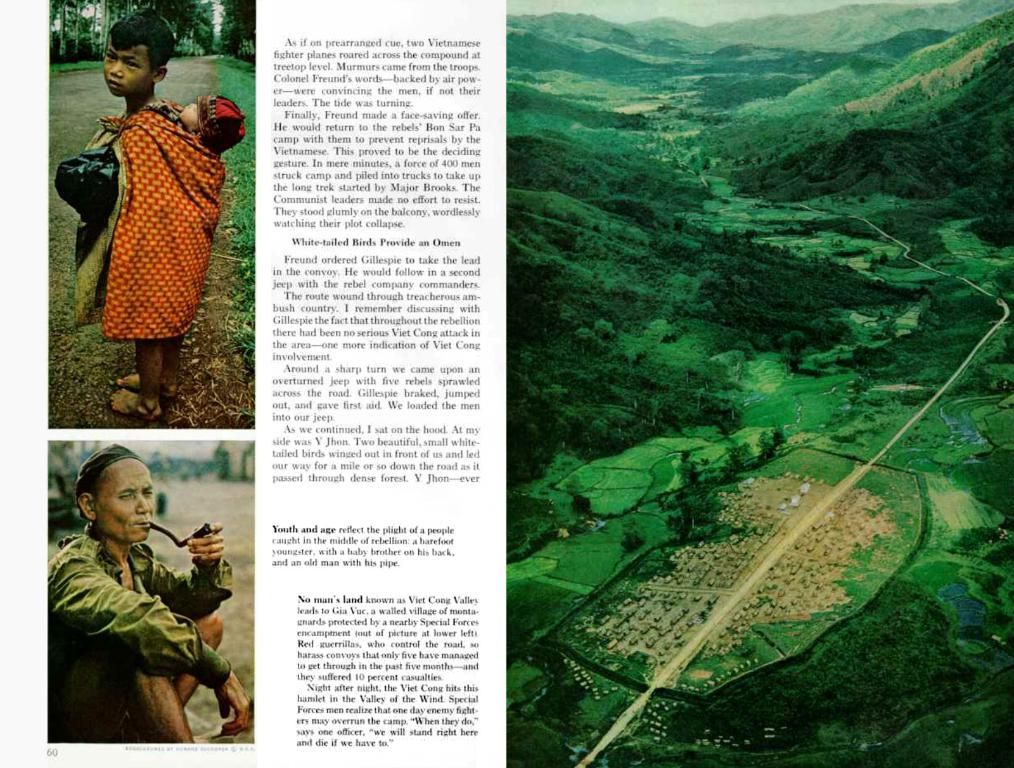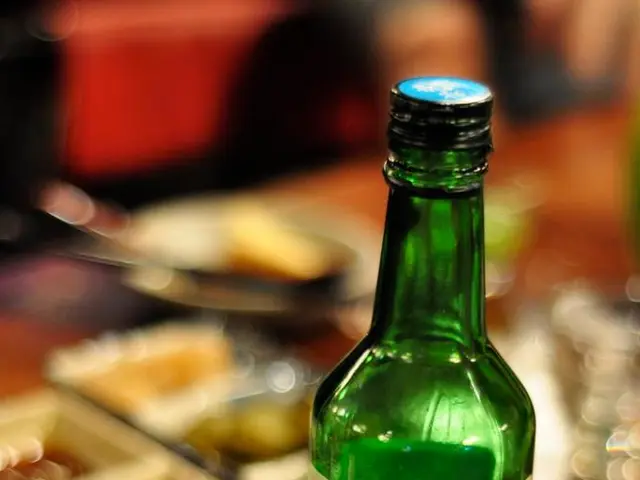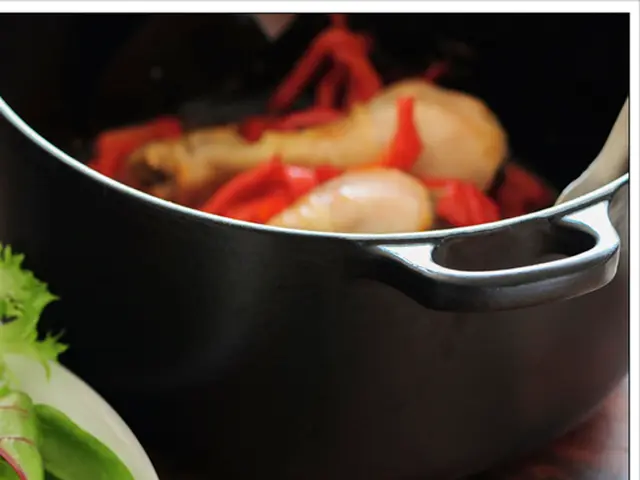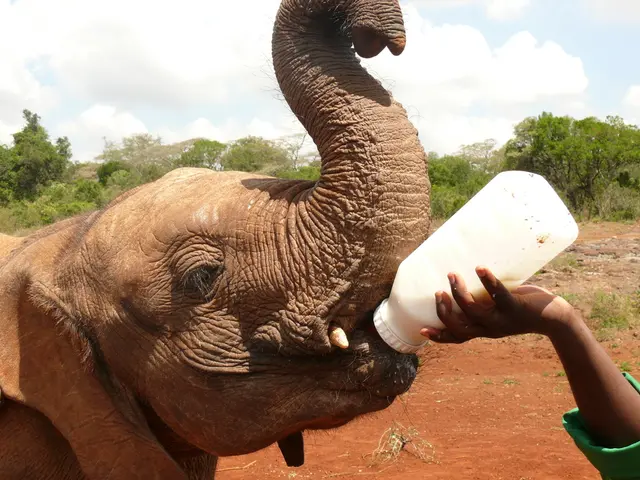"Archewiesen" Venture: Farmer Recovers Klapperpotf and Co. from Knittingler Agriculturist
In the Weissacher Valley's lush landscape of Knittlingen, a striking decline in species diversity is starkly evident, a complaint echoed across many meadows nestled within Germany. The "Archewiesen" project, spearheaded by the Karlsruhe Regional Council, is now underway in the Weissacher Tal nature reserve with a vision to bolster biodiversity.
At the heart of this project is a revered method of conservation: the transfer of mown grass. Farmers are tasked with migrating mown grass, bearing seeds, from flourishing meadows dubbed as the donor meadows, to barren ones. This groundbreaking approach, known as the "donor meadow technique" or "green hay transfer," is expected to pave the way for a burgeoning paradise for plants, insects, and animals.
To boost success, stakeholders employ a unique soil preparation technique utilizing cultivators and disc harrows to till the soil in narrow strips, forming an optimal seedbed forAligning with nature's rhythm, the hearts of flower aficionados nationwide, specialist Horst Grüllmeier underscores the project's importance. "This technique has proven itself as a powerful tool for enhancing biodiversity, especially in regions like Baden-Württemberg and Bavaria," he asserts.
A shining example of this endeavor is the partnership between the project and Christian Mössner from Knittlingen, a supporter of ecological transformation. Mössner embraces the project and values the resurgence of vibrant flora in his meadows. "Mowing grass is no longer just about grass, but about a coalition of colors and growth once again!" he proclaims.
The convenience of having both the donor and recipient meadows under his jurisdiction makes Mössner a formidable ally, streamlining the process of transporting mown grass between the two areas.
The Weissacher Valley's wetlands are, naturally, home to unique ecological heroes such as the rare Clapper plant, the alluring cuckooflower, common bird's-foot-trefoil, and the coquettish cornflower. These species are nurtured and intended to flourish more extensively through the project.
However, not all farmers share this enthusiasm, as these species could potentially diminish grass production. Grüllmeier states, "Farmers may view these species as less desirable as they reduce grass production. However, their positive impact on biodiversity holds utmost importance for our conservation efforts."
The challenges in finding suitable meadows for the conservation project persist. Despite these hurdles, the spirit of collaboration and a shared vision for a more diverse and thriving ecosystem remains unwavering. If the "Archewiesen" project can inspire other agricultural operations to join the ranks of lush, diverse meadows, it will take a monumental step towards protecting the delicate balance of life in the Weissacher Valley.
- The "Archewiesen" project, in addition to focusing on the conservation of ecosystems, also aims to integrate health-and-wellness and fitness-and-exercise aspects by inviting locals to participate in activities such as maintaining the mown grass fields and observing the biodiversity growth, promoting a holistic approach to health and well-being.
- To expand the influence of the conservation project beyond the Weissacher Valley, stakeholders envision incorporating economic and social policy initiatives, such as partnering with regional schools to teach science and environmental-science curriculum, supported by hands-on field experiences, thereby fostering the next generation of conservationists and strengthening the commitment to preserving biodiversity.






